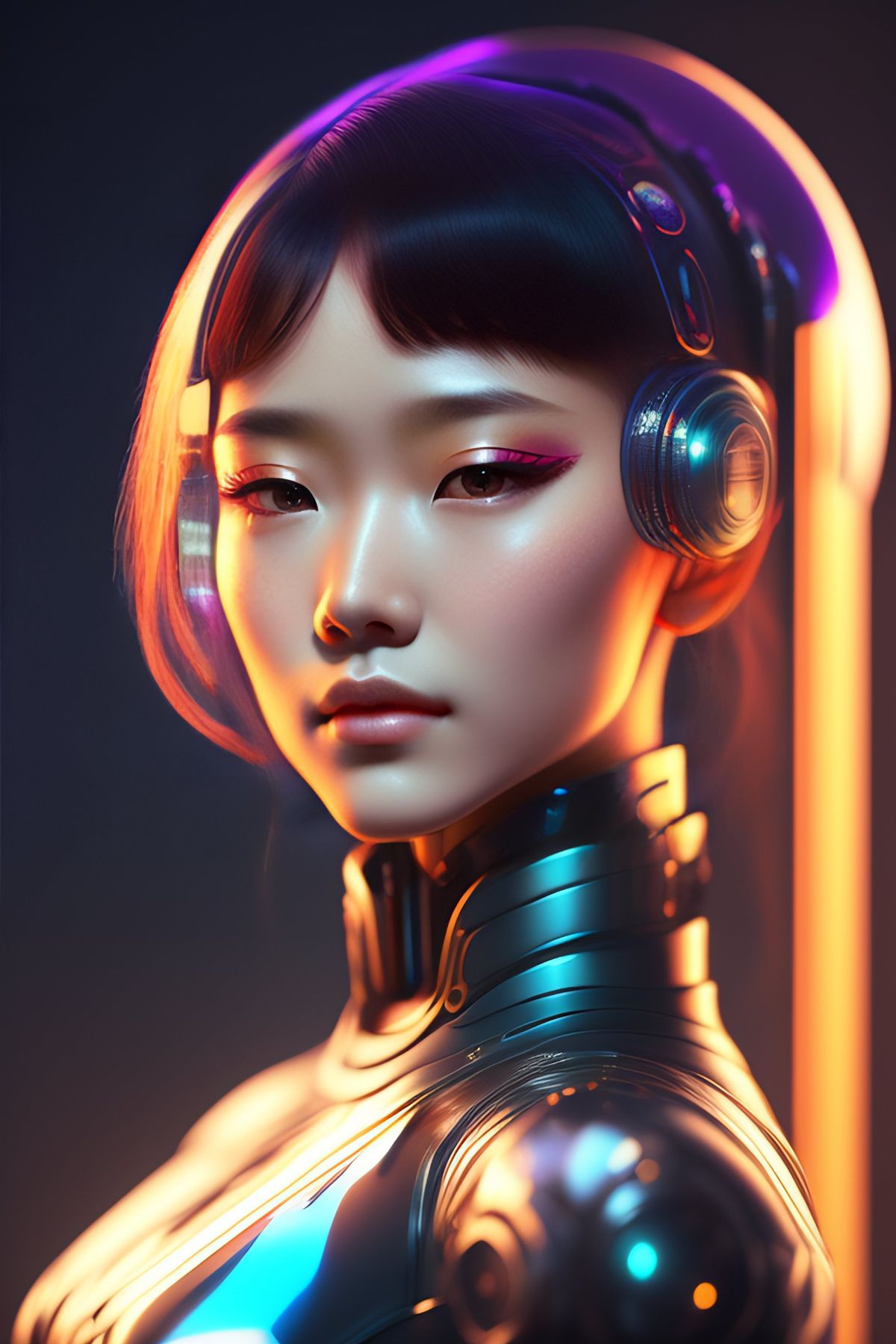Unveiling Text-to-UI Design: Embracing the Future of Interface Creation
As we delve into this transformative paradigm, we unearth a tapestry of possibilities where creativity converges with efficiency, heralding a new era in digital design.


In the ever-evolving landscape of technological innovation, one remarkable advancement stands out as a beacon of seamless integration and unparalleled user experience: Text-to-UI design. This groundbreaking approach transcends conventional methods, empowering designers to sculpt intricate interfaces through the fluidity of natural language. As we delve into this transformative paradigm, we unearth a tapestry of possibilities where creativity converges with efficiency, heralding a new era in digital design.
At its core, text-to-UI design epitomizes the symbiotic relationship between human ingenuity and machine intelligence. It harnesses the power of natural language processing algorithms to interpret textual descriptions of user interface elements, translating them into tangible visual representations. Gone are the days of laborious pixel-by-pixel crafting; instead, designers wield the potency of words to shape immersive interfaces with unparalleled precision.
The allure of text-to-UI design lies not only in its efficiency but also in its democratizing effect on the design process. By removing barriers to entry, it empowers individuals with diverse skill sets to engage in interface creation, fostering a more inclusive and collaborative design ecosystem. Whether one is a seasoned designer or a novice enthusiast, the accessibility of this approach invites all to partake in the artistry of digital craftsmanship.

Furthermore, text-to-UI design catalyzes innovation, fostering iterative refinement and experimentation. Designers can effortlessly iterate through multiple variations of a design by simply tweaking the textual input, allowing for rapid prototyping and exploration of diverse design concepts. This iterative cycle not only accelerates the pace of innovation but also encourages bold experimentation, pushing the boundaries of conventional design norms.
Moreover, text-to-UI design transcends linguistic barriers, offering a universal language through which designers can communicate their vision across diverse cultural and linguistic landscapes. By bridging the gap between words and visuals, it facilitates clearer communication and mutual understanding, paving the way for more effective collaboration and co-creation on a global scale.
As we stand on the cusp of this paradigm shift, it is imperative to acknowledge the ethical implications and societal ramifications of text-to-UI design. While its innovation potential is boundless, we must remain vigilant in safeguarding against biases and ensuring equitable access to this transformative technology. By fostering a culture of inclusivity and ethical stewardship, we can harness the full potential of text-to-UI design to create a more equitable and human-centred digital future.
In conclusion, text-to-UI design heralds a paradigm shift in the realm of interface creation, offering a harmonious fusion of human creativity and machine intelligence. Through its accessibility, efficiency, and transformative potential, it empowers designers to transcend traditional constraints and sculpt immersive digital experiences that resonate with users on a profound level.
As we embrace this technological frontier, let us embark on a journey of exploration and innovation, forging a future where the boundaries between imagination and reality blur into oblivion.
Check out these amazing content from Bookspotz:











